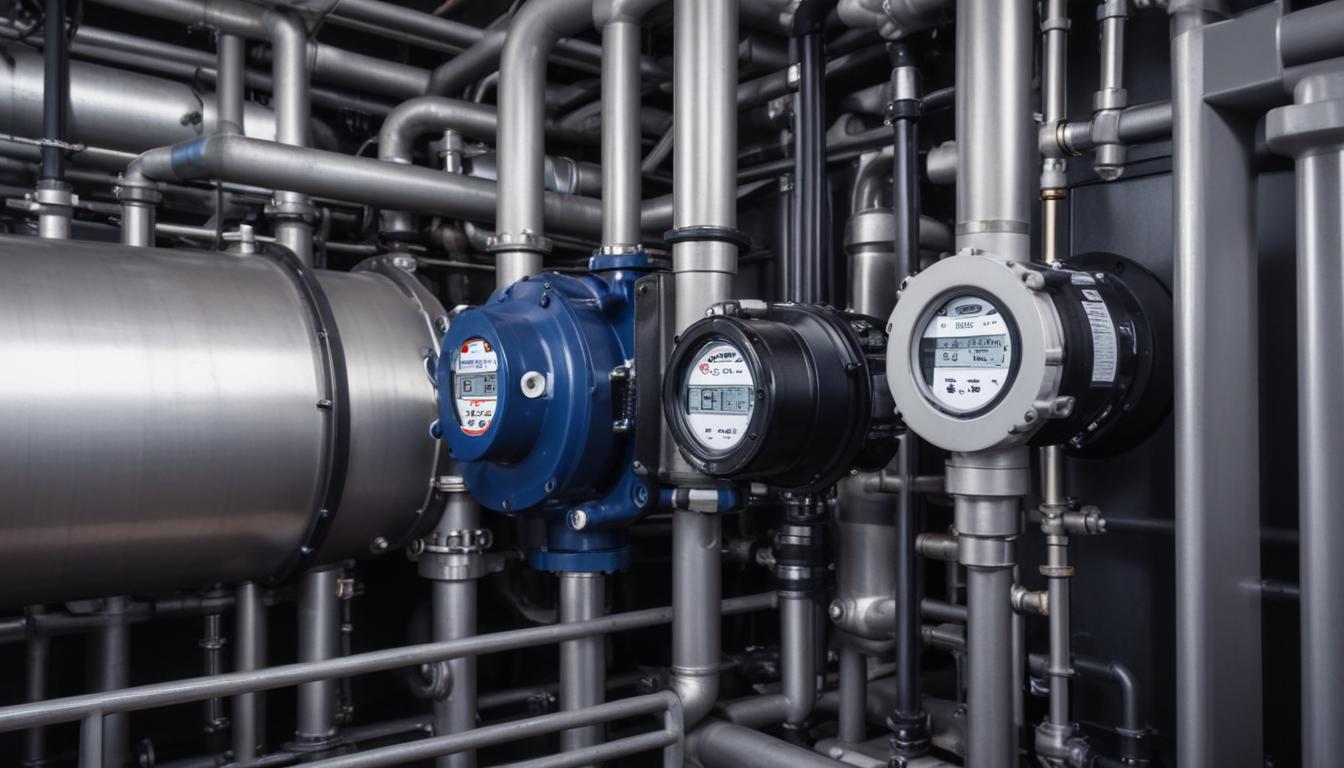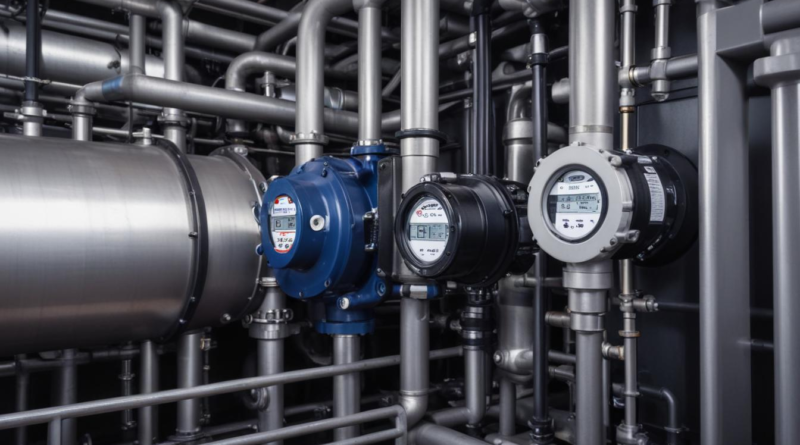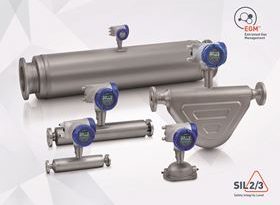the benefits of smart pump diagnostics
Enhanced operational efficiency is a primary advantage of implementing smart diagnostics in pump systems. By utilizing advanced pump monitoring technologies, organizations can achieve significant improvements in their operational workflows. Key benefits include:
- Real-Time Data Access: Continuous monitoring provides immediate insights into pump performance, allowing for prompt adjustments and reducing downtime.
- Automated Optimization: Smart diagnostics can automatically adjust pump settings to maintain optimal performance, ensuring consistent efficiency.
- Streamlined Operations: By integrating diagnostic data with existing operational systems, processes become more coordinated and less prone to human error.
- Enhanced Decision-Making: Access to detailed performance metrics enables managers to make informed decisions regarding system improvements and resource allocation.
Furthermore, the integration of smart diagnostics can be illustrated through the following table, highlighting specific features and their corresponding efficiency benefits:
| Feature | Efficiency Benefit |
|---|---|
| Real-Time Monitoring | Immediate detection and response to performance issues |
| Predictive Analytics | Anticipates maintenance needs, reducing unexpected failures |
| Automated Controls | Ensures pumps operate at optimal levels without manual intervention |
| Data Integration | Facilitates seamless coordination across different operational platforms |
By leveraging these technologies, businesses can significantly enhance their operational efficiency, resulting in smoother workflows, reduced operational costs, and improved overall performance.
predictive maintenance capabilities
Predictive maintenance is a transformative capability enabled by smart diagnostics in pump systems. Unlike traditional maintenance approaches that rely on routine schedules or reactive measures, predictive maintenance leverages real-time data and advanced analytics to anticipate equipment needs before failures occur. This proactive strategy offers several key benefits:
- Early Detection of Issues: By continuously monitoring pump performance, smart diagnostics can identify anomalies and potential failures at an early stage, allowing for timely interventions.
- Extended Equipment Lifespan: Addressing minor issues before they escalate prevents excessive wear and tear, thereby prolonging the life of pump components.
- Reduced Downtime: Anticipating maintenance needs minimizes unexpected shutdowns, ensuring that operations run smoothly without interruptions.
- Optimized Maintenance Schedules: Data-driven insights enable the creation of maintenance plans tailored to the actual condition of the pumps, rather than relying on fixed intervals.
Additionally, the following table outlines specific features of smart diagnostics and their corresponding benefits for predictive maintenance:
| Feature | Predictive Maintenance Benefit |
|---|---|
| Vibration Analysis | Detects imbalances or misalignments that could lead to mechanical failures |
| Temperature Monitoring | Identifies overheating components, preventing thermal damage |
| Flow Rate Tracking | Ensures pumps are operating within optimal parameters, indicating potential blockages or leaks |
| Pressure Sensing | Monitors system pressure to detect irregularities that may signify operational issues |
Implementing these predictive maintenance capabilities through smart diagnostics not only enhances the reliability of pump systems but also contributes to significant cost savings by reducing emergency repairs and optimizing maintenance resources. Organizations can achieve a more efficient maintenance strategy, ensuring that their pump operations remain resilient and effective over time.
cost savings and energy efficiency
Implementing smart diagnostics in pump systems directly contributes to substantial cost savings and enhanced energy efficiency. By continuously analyzing pump performance data, organizations can identify and mitigate inefficiencies that would otherwise lead to increased operational expenses and energy consumption. Key advantages include:
- Energy Consumption Optimization: Smart diagnostics enable real-time adjustments to pump operations, ensuring that energy usage aligns with current demand. This dynamic control reduces unnecessary energy expenditure during low-demand periods.
- Reduced Maintenance Costs: Predictive maintenance facilitated by advanced diagnostics prevents major failures, minimizing the financial impact associated with emergency repairs and unplanned downtime.
- Extended Equipment Life: By maintaining pumps in optimal condition, smart diagnostics decrease wear and tear, extending the lifespan of critical components and delaying capital expenditures on replacements.
- Operational Cost Reduction: Enhanced efficiency and minimized downtime translate to lower overall operational costs, contributing to improved profitability.
Furthermore, the integration of smart diagnostics can be detailed in the following table, highlighting specific features and their corresponding benefits in terms of cost savings and energy efficiency:
| Feature | Cost Savings and Energy Efficiency Benefit |
|---|---|
| Real-Time Monitoring | Allows for immediate identification of inefficiencies, enabling swift corrective actions to save energy and reduce costs |
| Automated Control Systems | Optimizes pump speed and operation based on demand, minimizing energy waste and lowering utility bills |
| Leak Detection | Identifies and addresses leaks promptly, preventing water loss and reducing the costs associated with wasted resources |
| Energy Usage Analytics | Provides detailed insights into energy consumption patterns, facilitating informed decisions to enhance efficiency and reduce expenses |
| Load Management | Balances pump loads to prevent overloading and excessive energy use, ensuring sustainable operation |
By leveraging these advanced pump monitoring capabilities, organizations can achieve significant reductions in energy usage and operational costs. The strategic use of smart diagnostics not only fosters a more sustainable operation but also enhances the financial performance of pump-dependent systems, making it a critical component in modern industrial management.
improved safety and reliability
 Ensuring the highest levels of safety and reliability is paramount in pump operations, and the integration of smart diagnostics plays a critical role in achieving these objectives. Advanced monitoring technologies provide comprehensive oversight of pump systems, enabling the identification and mitigation of potential safety hazards before they escalate into significant issues. Key benefits include:
Ensuring the highest levels of safety and reliability is paramount in pump operations, and the integration of smart diagnostics plays a critical role in achieving these objectives. Advanced monitoring technologies provide comprehensive oversight of pump systems, enabling the identification and mitigation of potential safety hazards before they escalate into significant issues. Key benefits include:
- Early Detection of Hazardous Conditions: Continuous monitoring allows for the swift identification of abnormal parameters, such as excessive pressure or temperature, which could indicate impending failures or unsafe operating conditions.
- Automated Safety Responses: Smart diagnostics can trigger automatic shutdowns or adjustments when critical thresholds are breached, preventing accidents and minimizing damage to equipment.
- Compliance with Safety Standards: Detailed monitoring and reporting capabilities assist organizations in adhering to industry safety regulations and standards, reducing the risk of non-compliance penalties.
- Enhanced System Reliability: By maintaining optimal operating conditions and preventing unexpected failures, smart diagnostics ensure that pump systems remain dependable and operationally secure.
- Reduced Risk of Environmental Incidents: Prompt identification and resolution of leaks or spills help in avoiding environmental contamination and the associated legal and remediation costs.
The following table illustrates specific features of smart diagnostics and their corresponding contributions to safety and reliability:
| Feature | Safety and Reliability Benefit |
|---|---|
| Real-Time Pressure Monitoring | Detects overpressure conditions early, preventing burst pipes and equipment damage |
| Temperature Sensors | Identifies overheating components, reducing the risk of fires and system failures |
| Leak Detection Systems | Provides immediate alerts to prevent water loss and potential environmental hazards |
| Vibration Monitoring | Identifies mechanical imbalances that could lead to equipment breakdowns and unsafe operating conditions |
| Automatic Shutdown Mechanisms | Activates safety protocols to halt operations during critical failures, safeguarding personnel and assets |
| Data Logging and Analysis | Enables thorough investigations of incidents, supporting continuous improvement in safety practices |
By leveraging these advanced pump monitoring capabilities, organizations can significantly enhance the reliability of their pump systems while simultaneously ensuring a safer operational environment. The proactive identification and resolution of potential issues not only prevent accidents and equipment damage but also foster a culture of safety and accountability within the organization. Ultimately, the integration of smart diagnostics into pump operations provides a robust framework for maintaining consistent performance and safeguarding both personnel and infrastructure.
seamless integration and user experience
Integrating smart diagnostics into existing pump systems ensures a seamless transition and enhances the overall user experience. This integration is crucial for maximizing the benefits of advanced pump monitoring technologies without disrupting current operations. Key aspects include:
- Compatibility with Existing Infrastructure: Smart diagnostics solutions are designed to integrate smoothly with existing pump hardware and software systems, minimizing the need for significant overhauls or replacements.
- User-Friendly Interfaces: Intuitive dashboards and interfaces allow users to easily navigate and interpret pump performance data, reducing the learning curve and increasing adoption rates.
- Scalability: These systems can scale with the growth of an organization, accommodating additional pumps and expanded operations without compromising performance.
- Real-Time Data Access: Users can access real-time data from multiple devices, ensuring that critical information is always at their fingertips, whether they are on-site or remotely located.
- Customizable Alerts and Notifications: Tailoring alerts to specific operational needs ensures that users receive pertinent information, enhancing responsiveness and decision-making.
- Centralized Management: A unified platform allows for the centralized monitoring and management of all pump systems, streamlining operations and improving oversight.
The following table outlines specific features related to seamless integration and their corresponding user experience benefits:
| Feature | User Experience Benefit |
|---|---|
| API Compatibility | Enables easy data exchange between smart diagnostics and existing enterprise systems, ensuring cohesive operations |
| Mobile Accessibility | Provides access to pump monitoring data and controls via mobile devices, allowing for flexibility and remote management |
| Intuitive Dashboards | Offers clear and customizable visualizations of pump performance metrics, enhancing data interpretation and decision-making |
| Automated Reporting | Generates regular reports on pump performance and maintenance needs, saving time and ensuring consistent information flow |
| Role-Based Access Control | Ensures that users have appropriate access levels, enhancing security and user-specific functionality |
| Plug-and-Play Installation | Facilitates quick and easy setup of smart diagnostics systems, reducing downtime and simplifying the integration process |
By focusing on seamless integration and enhancing the user experience, smart diagnostics systems not only provide comprehensive pump monitoring but also ensure that these advanced technologies are easily accessible and manageable for all users. This approach fosters greater efficiency, user satisfaction, and the full realization of the benefits associated with smart pump diagnostics.




